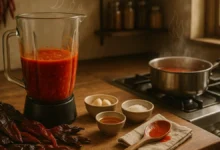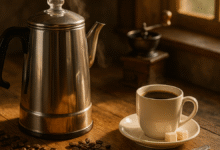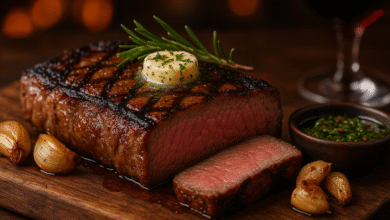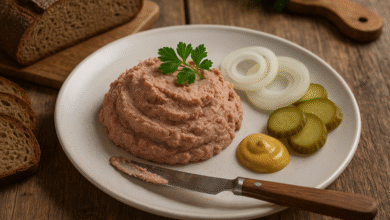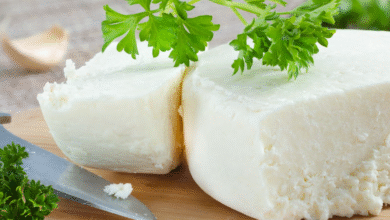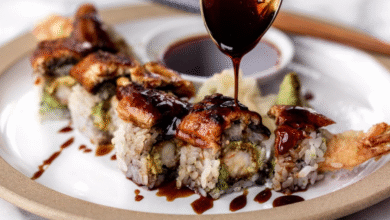Percolator Coffee: A Classic Brew with Timeless Appeal
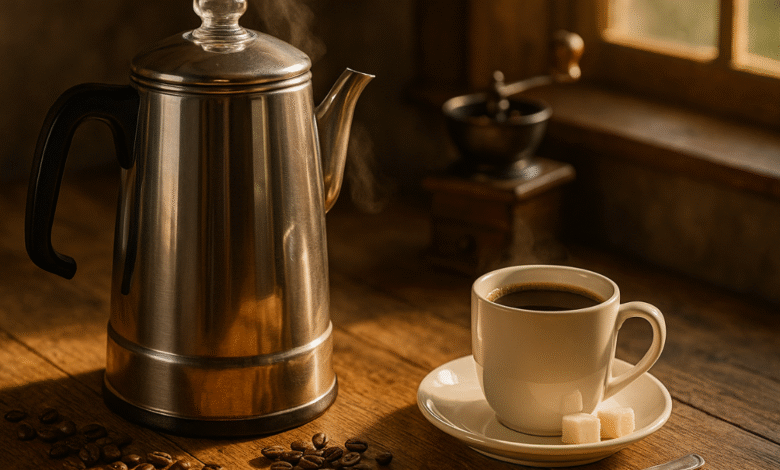
Discover the rich history, bold flavor, and timeless charm of percolator coffee. Learn how to brew it perfectly, compare methods, and explore why it’s still loved today.
Percolator coffee has been around for generations, and while modern coffee makers and espresso machines often dominate today’s kitchens, the percolator still holds a nostalgic and practical place in coffee culture. For some, it’s a reminder of simpler times when the aroma of strong, bubbling coffee filled the kitchen. For others, it’s a reliable way to brew a bold and rich cup, especially when camping, traveling, or enjoying the outdoors.
This brewing method has a reputation for producing coffee that is both strong and full-bodied, though sometimes polarizing in flavor. Some enthusiasts praise percolator coffee for its deep, robust taste, while others find it can become over-extracted and bitter if not brewed carefully. Whether you’re a seasoned coffee drinker or just exploring traditional brewing methods, understanding the world of percolator coffee can deepen your appreciation for this timeless way of making coffee.
The History of Percolator Coffee
The story of percolator coffee begins in the early 19th century. The first patent for a coffee percolator was filed by Sir Benjamin Thompson, also known as Count Rumford, who was experimenting with ways to brew coffee more efficiently. Later, in the mid-1800s, American inventor James Mason refined the concept and created a stovetop percolator that closely resembles the versions we know today.
By the late 19th and early 20th centuries, percolator coffee became a household staple in America and Europe. Before the invention of drip machines, it was the most common way to brew coffee at home. Families relied on stovetop percolators, and later electric models, to prepare large pots of steaming coffee for gatherings, workdays, and mornings at home. The distinctive sound of bubbling coffee and the glass viewing knob on top became iconic symbols of daily life.
How a Percolator Works
At its core, a percolator is a simple but ingenious device. It consists of a pot with a small chamber at the bottom, a vertical tube running upward, and a perforated basket near the top where ground coffee is placed. As the water at the bottom heats up, steam pressure pushes hot water up through the tube, where it falls over the coffee grounds. This cycle repeats continuously until the brewing process is stopped.
Unlike drip coffee makers, where water passes through the grounds just once, a percolator recirculates hot water through the grounds multiple times. This is why percolator coffee tends to be stronger and more intense in flavor. However, it also means that timing and control are essential—letting it brew too long can cause bitterness. The percolation cycle, when monitored carefully, produces a bold cup of coffee that many enthusiasts still prefer over other methods.
Flavor Profile of Percolator Coffee
Percolator coffee is known for its unmistakable strength. Because of the continuous brewing cycle, it often yields a cup that is darker and more robust than drip or pour-over methods. This full-bodied flavor appeals to those who enjoy strong, hearty coffee that can stand up to milk, cream, or sugar without losing its boldness.
At the same time, percolator coffee has its critics. If left brewing for too long, it can become overly bitter or harsh. This reputation has led some to abandon the method in favor of modern drip machines or single-serve pods. Yet, with proper attention and technique, percolator coffee can offer a satisfying cup that balances strength with depth, making it ideal for those who prefer a powerful brew.
Brewing the Perfect Percolator Coffee
Making great percolator coffee comes down to precision and care. Start with freshly ground coffee, ideally medium-coarse, since fine grounds can slip through the basket holes and cloud the brew. The water-to-coffee ratio is also crucial—too much coffee can overwhelm the taste, while too little can result in weak, watery coffee.
Timing is perhaps the most important factor. Most percolators will brew effectively within 7–10 minutes, depending on size and heat source. Watching the percolation process through the glass knob can help you determine when the coffee has reached the right strength. Removing the percolator from heat at the right time prevents over-extraction and ensures a flavorful, balanced cup.
Expert Tip: “The secret to great percolator coffee isn’t just the equipment—it’s your patience. Stop the brew before bitterness sets in, and you’ll rediscover why percolators stood the test of time.”
Types of Percolators
Percolators come in different designs and materials, each with its own strengths. Stovetop percolators are the traditional choice, perfect for campers and home brewers who like hands-on control. Electric percolators, on the other hand, bring convenience by automatically regulating heat and brewing time, reducing the chance of over-extraction.
When it comes to materials, stainless steel percolators are the most popular thanks to their durability and heat retention. Glass percolators, while less common today, offer the unique advantage of letting you watch the entire brewing cycle unfold. Enamel-coated models are favored by outdoor enthusiasts for their ruggedness and retro appeal.
Percolator Coffee Compared to Other Brewing Methods
| Brewing Method | Flavor Strength | Ease of Use | Portability | Brewing Time |
|---|---|---|---|---|
| Percolator Coffee | Strong, bold | Moderate | High | 7–10 minutes |
| Drip Coffee | Smooth, mild | Very easy | Low | 5–8 minutes |
| French Press | Rich, oily | Easy | Moderate | 4–6 minutes |
| Espresso | Intense, creamy | Complex | Low | ~30 seconds |
Percolator coffee stands apart for its intensity. Compared to drip coffee, which is smoother and often lighter, percolator coffee delivers a boldness that can feel more traditional and rustic. French press coffee has a similar richness but with more natural oils, while espresso packs concentrated flavor in small doses. Each method has its champions, but percolator coffee appeals to those who want strength without modern fuss.
Why People Still Choose Percolator Coffee
Even with modern brewing gadgets, percolator coffee remains a favorite among many. Nostalgia plays a big role—people associate it with grandparents’ kitchens, camping trips, and old-fashioned gatherings. The sound of bubbling coffee and the sight of the percolator knob turning brown as the brew develops can evoke comforting memories.
Practicality is another reason for its enduring appeal. A percolator is tough, portable, and doesn’t rely on paper filters or complex technology. Campers, RV travelers, and outdoor enthusiasts value its durability and simplicity. With just water, coffee grounds, and heat, you can make a strong cup anywhere, whether in a cabin or by the campfire.
Modern Popularity of Percolator Coffee
Though it faded in mainstream use after the rise of drip machines, percolator coffee is experiencing a quiet comeback. Coffee enthusiasts looking for retro brewing methods, as well as minimalists who enjoy simple equipment, are rediscovering the percolator. Specialty coffee shops sometimes feature percolator brewing for those who want to taste tradition in a cup.
The rise of sustainable and reusable brewing methods has also helped revive interest. Since percolators don’t require disposable filters or pods, they appeal to eco-conscious coffee drinkers. This, combined with their durability and long lifespan, makes percolator coffee a smart choice for those seeking both flavor and sustainability.
Frequently Asked Questions about Percolator Coffee
Q1. Is percolator coffee stronger than drip coffee?
Yes, percolator coffee is generally stronger and more robust than drip coffee because the water cycles through the grounds multiple times.
Q2. Can you use regular ground coffee in a percolator?
Yes, but medium-coarse grounds work best to prevent sediment from passing through the basket holes.
Q3. How long should you brew percolator coffee?
Most percolator coffee should brew for about 7–10 minutes. Over-brewing can cause bitterness.
Q4. Is percolator coffee bad for you?
Not at all—though it may be stronger, percolator coffee is just as safe as other brewing methods. Some people even prefer its antioxidant-rich boldness.
Q5. Can you make percolator coffee while camping?
Absolutely. Percolators are a favorite among campers because they’re durable, portable, and require only heat, water, and coffee grounds.
Conclusion
Percolator coffee may no longer dominate kitchen counters, but it continues to hold a special place in the world of coffee. Its bold flavor, simple design, and nostalgic charm make it a favorite for those who appreciate tradition and strength in their brew. Whether you’re at home, by the campfire, or simply curious about classic brewing methods, percolator coffee offers a timeless experience that connects past generations with today’s coffee culture.
